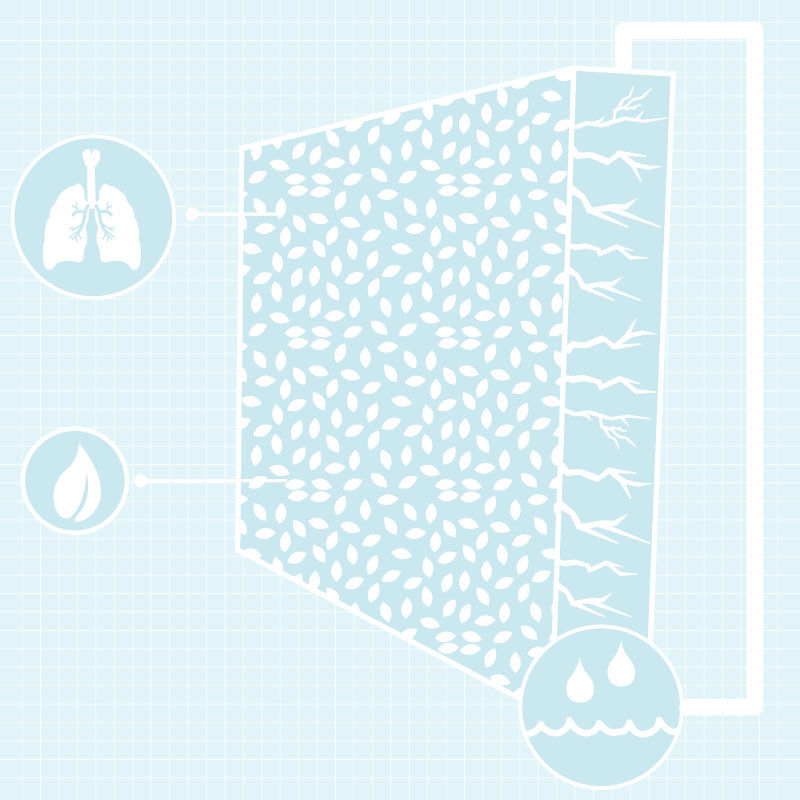In recent years, the installation of green roofs has become a standard of sustainable design. They filter water for reuse, control water runoff, reduce heat island effect, and can add much needed green space to the concrete jungle. One major drawback is limited access because of the roof top location. Enter the biowall, a vertically planted surface of succulents that can have exterior or interior applications.
Biowalls are assembled using either a thin mat medium, which requires water circulation and is better suited for smaller installations, or the more robust system of growth medium blocks. Both systems can incorporate a gray water system that partially filters contaminants out of the water, similar to green roofs. The wall can also act as a natural air filter, removing VOCs and CO2 as air passes through the wall into the building interior. Biowalls also reduce the heat island effect through transpiration in the plants, which regulates the surface temperature.
Beyond the technical considerations, the striking benefit of biowalls is the additional visual quality they can add to a building. Installations can range in scale from an interior planting along a stairwell, like WRTs work on the Geraldine Dodge, or covering an entire façade, such as at the Musee de Quai Branly in Paris. At any scale, they are a unique addition to a project.

